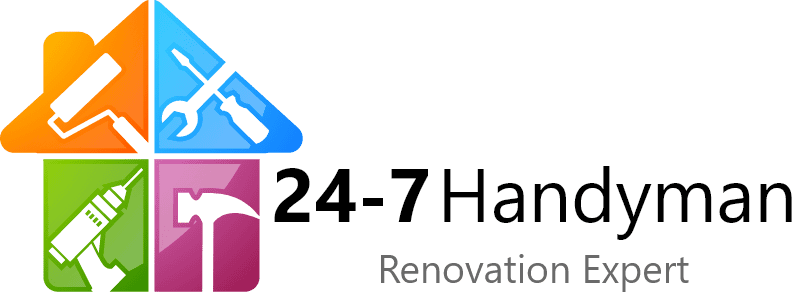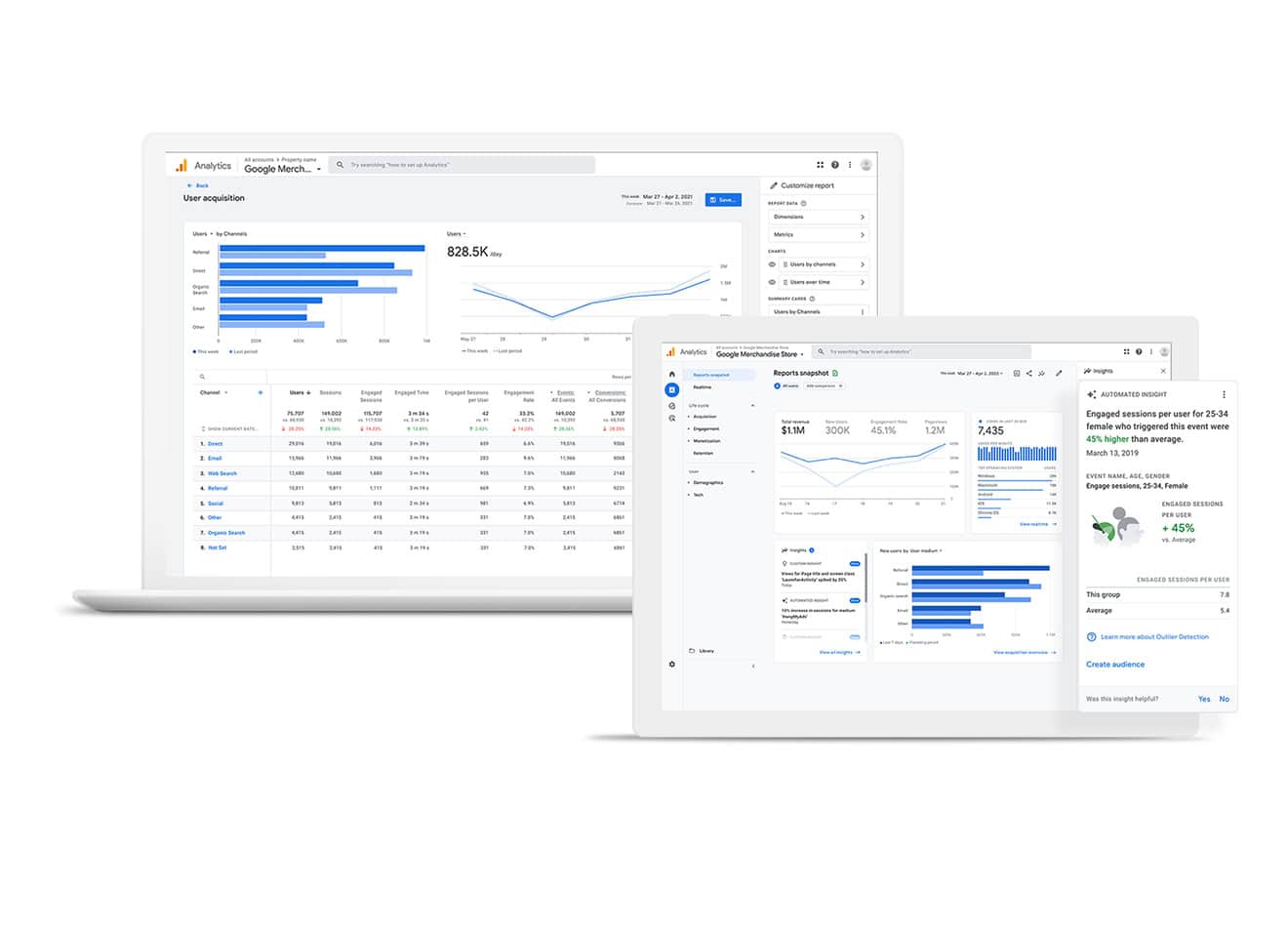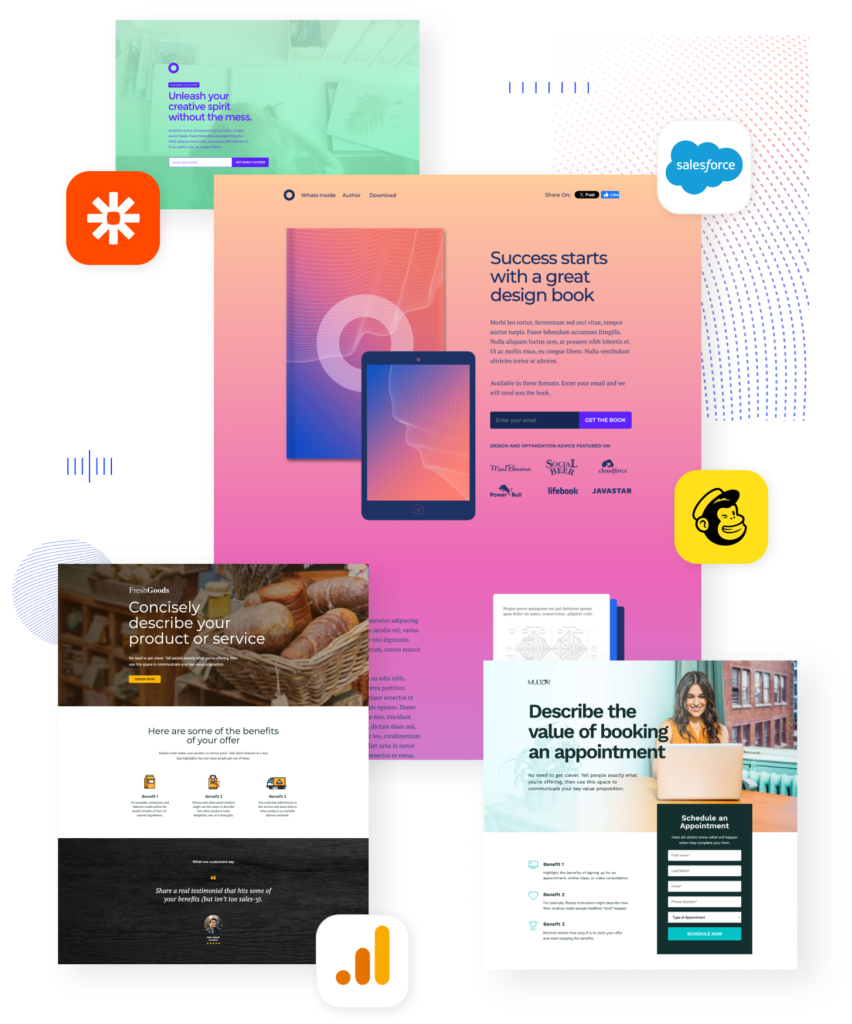Mastering Google Ads: Advanced Strategies for Digital Marketing Success In the constantly changing world of digital marketing, Google Ads continues to be a vital tool for companies looking to increase their online presence and attract customers. Marketers need to use cutting-edge tactics to stay ahead of the competition as it gets more fierce. Advanced targeting strategies, data analytics, A/B testing, creative ad formats, retargeting techniques, budgeting tactics, automation, and attribution models are all covered in detail in this article. You can maximize your return on investment (ROI) & greatly enhance the performance of your campaign by becoming proficient in these components.
Key Takeaways
- Advanced targeting strategies allow for more precise audience segmentation and personalized messaging
- Data analytics can help optimize campaign performance by identifying trends and insights for better decision-making
- A/B testing enables marketers to compare different versions of ads or content to determine which performs better
- Advanced ad formats such as interactive ads or video ads can increase engagement and capture audience attention
- Advanced retargeting techniques help re-engage users who have previously interacted with the brand, leading to higher conversion rates
The foundation of any effective Google Ads campaign is targeting. Although demographics and keywords are crucial for basic targeting, sophisticated targeting techniques can take your campaigns to the next level. Using audience segmentation is one such tactic. You can better target your advertisements to each group by classifying your audience according to their demographics, interests, and behavior.
For example, you can deliver individualized messages that encourage engagement by building custom audiences based on website visitors or past clients. Using geo-targeting is another sophisticated targeting technique. Your message will reach the right audience at the right time if you use this technique to target your advertisements at particular geographic locations.
Your campaigns can be tailored for various regions by examining local trends and consumer behavior. If you own a chain of restaurants, for instance, you can greatly boost foot traffic and conversions by targeting ads to users who live within a specific radius of your locations. monitoring key performance indicators (KPIs). Begin by monitoring key performance indicators (KPIs) like cost per acquisition (CPA), conversion rates, and click-through rates (CTR). Gaining more profound understanding.
| Metrics | Week 1 | Week 2 | Week 3 |
|---|---|---|---|
| Click-through Rate | 5% | 6% | 7% |
| Conversion Rate | 10% | 12% | 15% |
| ROI | 200% | 250% | 300% |
You can find patterns and areas for development by examining these metrics. Also, you can find deeper insights by using advanced analytics tools. You can learn how users interact with your website after clicking on your advertisements, for example, by using Google Analytics, which offers comprehensive reports on user behavior.
Optimizing landing pages and ad copy. You can improve user experience & increase conversions by fine-tuning your landing pages and ad copy by looking at user pathways and engagement metrics. In digital marketing, A/B testing is a basic technique that lets you compare two iterations of an advertisement or landing page to see which one works best.
This approach is essential for campaign optimization and making sure that every component is adjusted for optimal impact. Choose important elements to test first, like call-to-action buttons, headlines, images, and even ad placements. Experiments must be conducted for a long enough duration to collect useful data when performing A/B tests.
Examine the outcomes to ascertain which version your audience responds to the best. Consider using the same headline for all of your campaigns, for instance, if it produces a noticeably higher CTR than the others. Better campaign performance is the ultimate result of a culture of experimentation and improvement fostered by ongoing A/B testing. The formats that marketers have at their disposal are evolving along with digital advertising.
User engagement can be greatly increased by using sophisticated ad formats like interactive ads, video ads, & responsive search ads. In response to user queries, responsive search ads automatically modify their headlines and descriptions to provide more pertinent ad experiences. This flexibility may result in better ad performance and increased CTRs. Another effective format that draws in more viewers than text or still photos is video advertising.
Google Ads’ integration of YouTube and other platforms allows marketers to use video content to tell gripping tales and demonstrate products in use.
Also, interactive advertisements that promote user involvement—like surveys or quizzes—can produce memorable experiences that increase interaction and conversions. One essential tactic for re-engaging customers who have interacted with your brand in the past but did not convert is retargeting. You can make customized advertisements based on user behavior by using sophisticated retargeting strategies. For example, you could show users advertisements for that particular product or related items if they went to a product page but left without buying.
This is further enhanced by dynamic retargeting, which creates tailored advertisements automatically based on users’ previous interactions with your website. In addition to increasing conversion rates, this strategy improves brand recall by reminding consumers of their prior interest in your goods or services. You can efficiently nurture leads & move them down the sales funnel by putting sophisticated retargeting strategies into practice. Budgeting and Bidding Techniques That Work for Google Ads Campaigns. Optimizing ROI through Automated Bidding Techniques.
The words “———————————————“. For Google Ads campaigns to maximize return on investment, efficient budgeting and bidding techniques are essential. Using machine learning algorithms to optimize bids in real-time based on a variety of factors, including user behavior and competition, is one sophisticated method of automated bidding. By using strategies like Target ROAS (Return on Ad Spend) or Target CPA (Cost Per Acquisition), you can set clear objectives and let Google’s algorithms manage bid adjustments. Segmentation for Budget Allocation Optimization.
—————————————–. More efficient resource allocation across various campaigns or ad groups can be achieved by implementing budget segmentation.
Performance data analysis allows you to pinpoint high-performing areas that warrant more funding while cutting back on underperforming ones. Your budget will work harder for you thanks to this wise allocation, which will ultimately increase your return on investment. Important Lessons for Enhanced ROI.
—————————? You can maximize your return on investment and optimize your budget allocation by implementing budget segmentation & automated bidding strategies into your Google Ads campaigns.
By making campaign management procedures more efficient, automation and artificial intelligence (AI) are revolutionizing the field of digital marketing.
Numerous automation tools are available in Google Ads that can improve productivity and save time.
Automated rules, for example, let you specify the circumstances in which particular actions are carried out, like halting ineffective advertisements or modifying bids in response to performance indicators.
Large volumes of data can be analyzed by AI-driven tools to find patterns and trends that human marketers might not notice right away. Real-time campaign optimization and strategic decision-making can both benefit from these insights. Marketers can concentrate on higher-level strategy while making sure their campaigns function smoothly and effectively by utilizing automation and artificial intelligence technologies. To comprehend how various touchpoints affect conversions in a multi-channel marketing setting, attribution modeling is essential.
In order to assign value to different interactions along the customer journey, advanced attribution models go beyond last-click attribution. Time decay attribution, for instance, places greater weight on interactions that occur closer to the conversion event, whereas linear attribution gives each touchpoint equal credit. Marketers can better understand the effectiveness of their campaigns and allocate resources by using sophisticated attribution models.
Developing strategies and budgets more effectively is made possible by knowing which touchpoints and channels result in conversions. Understanding attribution will be crucial as digital marketing develops in order to precisely gauge success and improve subsequent campaigns. Final Thoughts Any marketer hoping to succeed in the cutthroat digital world of today must learn sophisticated Google Ads tactics. To improve campaign performance, every component is essential, from comprehending advanced targeting strategies to utilizing data analytics and automation. You can greatly increase your return on investment and produce significant outcomes for your company by putting these strategies into practice, including A/B testing, sophisticated ad formats, retargeting tactics, budgeting strategies, automation tools, & precise attribution models.
The time to act is now! Begin incorporating these cutting-edge tactics into your Google Ads campaigns right now, and see how your marketing transforms into a conversion and engagement powerhouse. Please contact our team at googleadauthority . com if you require any help or additional information regarding optimizing your digital marketing strategy!
If you are interested in learning more about digital marketing agencies for small businesses, you may want to check out this article on the best digital marketing agency for small businesses in San Antonio, Texas. This article provides valuable insights into how small businesses can benefit from working with a digital marketing agency. Additionally, if you are in the carpet cleaning industry and looking for marketing strategies, you may find this article on carpet cleaning marketing in Glendale, Arizona helpful.
FAQs
What are advanced campaign tactics?
Advanced campaign tactics are strategies and techniques used by political campaigns to gain an edge over their opponents. These tactics often involve sophisticated targeting, messaging, and outreach efforts to persuade and mobilize voters.
What are some examples of advanced campaign tactics?
Examples of advanced campaign tactics include micro-targeting, data analytics, digital advertising, grassroots organizing, and persuasion techniques. These tactics are designed to reach specific groups of voters and influence their behavior.
How do advanced campaign tactics differ from traditional campaign tactics?
Advanced campaign tactics leverage technology and data to target and engage voters in more precise and personalized ways. Traditional campaign tactics, on the other hand, often rely on broad messaging and mass media to reach a wider audience.
Why are advanced campaign tactics important?
Advanced campaign tactics are important because they allow campaigns to more effectively identify and mobilize supporters, as well as persuade undecided voters. By using advanced tactics, campaigns can maximize their resources and increase their chances of success.
What are the ethical considerations of using advanced campaign tactics?
Ethical considerations of using advanced campaign tactics include issues of privacy, data security, and the potential for manipulation. Campaigns must be mindful of how they collect and use voter data, as well as the potential impact of their messaging and targeting efforts.










